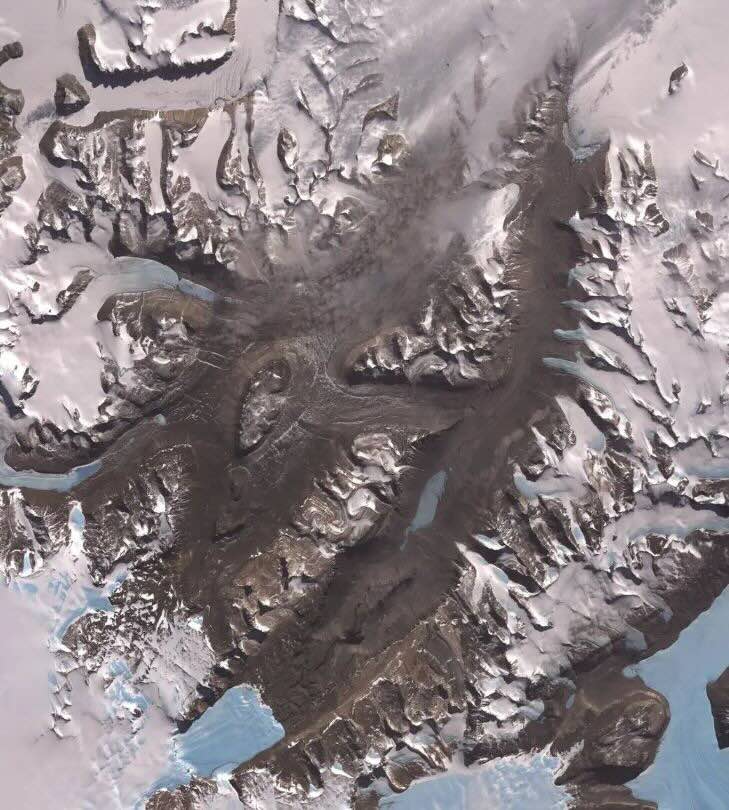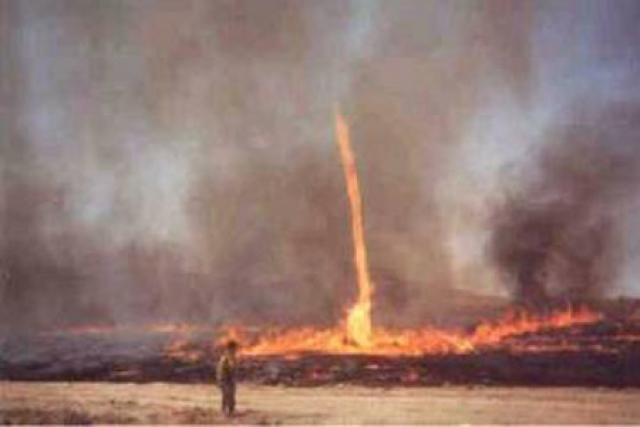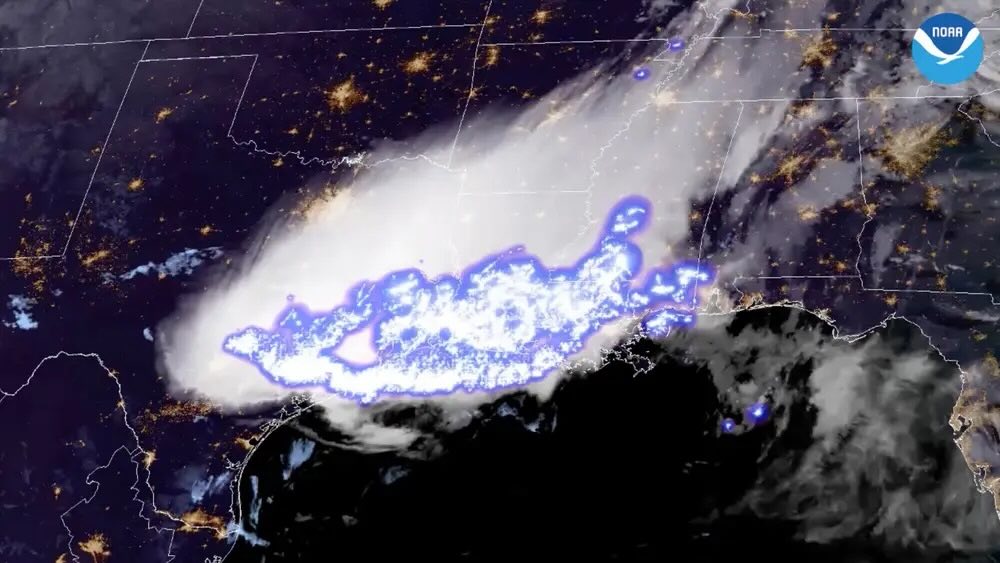Weather. It’s the small talk topic, the curse of outdoor plans, and a force of nature that shapes our world. But beyond “Is it going to rain?” there’s a fascinating universe of weird, wonderful, and sometimes shocking weather facts waiting to be discovered. So, buckle up, because we’re about to take a tour of the most surprising things about the world’s most dynamic system, specifically:
- The driest place on Earth
- Diamond rain
- The world’s wettest place
- Lightning temperature
- Fire whirls
- Bioluminescent waves
- Clouds can weigh millions of tons
- The world’s longest lightning bolt
- What causes the sound of thunder
1. Raining Fish and Frogs? Not a Myth
Can it rain fish? It sounds like something out of a cartoon, but “animal precipitation” belongs to real weather phenomena. Small animals like fish, frogs, and even snakes can fall from the sky due to storm updrafts that can suck them up and carry them away.
2. The Driest Place on Earth Is… Antarctica?
 Source: NASA
Source: NASA
While most associate aridity with deserts, the actual title for “driest place on Earth’’ goes to the McMurdo Dry Valleys in Antarctica. With average annual precipitation of a measly 0.07 inches (2 millimeters), this region hasn’t seen rain or snow for millions of years! A bonus fun fact: the Dry Valleys are the most Mars-like place on Earth, according to scientists.
3. Diamond Rain on Planets Saturn and Jupiter
It might resemble science fiction, but scientists believe that diamond rain on Saturn and Jupiter could belong to real amazing weather facts. Intense pressure and heat in these gas giants could convert methane into diamonds, raining down into their deep, swirling atmospheres.
4. The World’s Wettest Place
 Source: AFP
Source: AFP
The tiny village of Mawsynram, India boasts the title of the wettest place on Earth. This is because it receives an average of 467 inches (11,861 mm) of rain per year! Such extreme weather is enough to fill an Olympic-sized swimming pool every single day.
5. Lightning Is Hotter Than the Sun
Ever seen a lightning strike? Now imagine something five times hotter that’s the temperature a bolt reaches at its peak! While the sun’s surface temperature is about 10,000 °F (5,500°C), lightning briefly touches 53,500 °F (30,000°C). Talk about electrification!
6. Fire Whirls: Nature’s Fiery Dance
 Source: Wikipedia
Source: Wikipedia
Like tornadoes, fire whirls are caused by a combination of wind and heat. For example, wildfires or volcanic eruptions can trigger these intense rotating columns of fire. Wind speeds within these weird weather phenomena can reach 150 mph (241 km/h) and they can be up to 100 feet (30 meters) high.
7. Bioluminescent Waves: Glowing Waters
While belonging not exactly to interesting weather facts, but rather to natural ones - certain microscopic organisms in the ocean can emit light. As a result, they create spectacular bioluminescent waves that shimmer and glow at night. It’s like having the Milky Way reflected on the water!
8. Cloud Weight Can Reach Millions of Tons
Even the fluffiest-looking clouds pack a punch. A typical cumulonimbus cloud can weigh millions of tons, thanks to the water vapor it carries. Imagine the weight of a million elephants floating overhead!
9. The World’s Longest Lightning Bolt
 Source: NOAA via AP
Source: NOAA via AP
In 2020, a single bolt of lightning cracked across the sky over Mississippi, Louisiana, and Texas, measuring a jaw-dropping 477.8 miles (767.6 kilometers)! This equals the distance between New York City and Columbus, Ohio.
10. The Sound of Thunder Is…Your Eardrums Vibrating!
Ever wondered what makes thunder boom? It’s not the lightning itself, but the rapid expansion of air heated by the lightning bolt. This creates a pressure wave that travels outward, vibrating your eardrums with the familiar rumble of thunder.
So, there you have it - just a taste of the many fascinating and surprising weather facts. Remember, the more you know about this dynamic system, the better you can appreciate its beauty, power, and sometimes, downright weirdness. Keep exploring, keep learning, and keep your eyes on the sky. You never know what interesting weather phenomena you might witness next!






